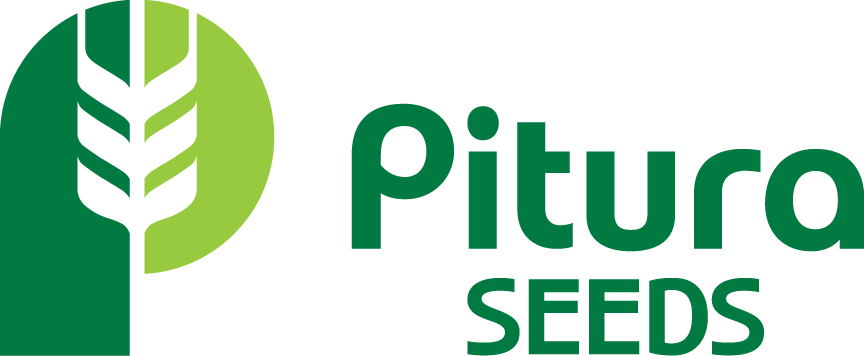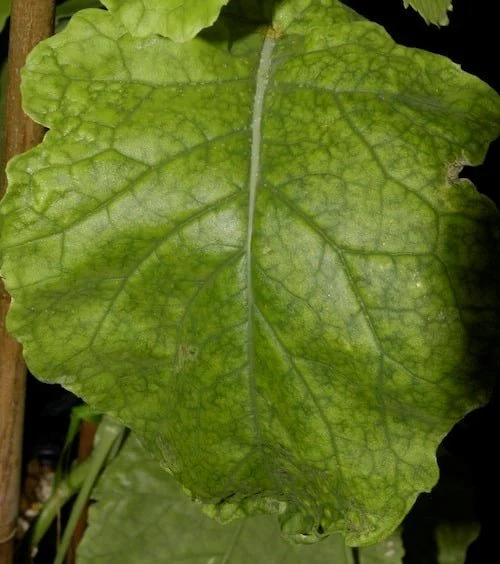Hidden Hunger
It doesn’t take much for a plants health to become off balance when missing one or more nutrients. All nutrients play a vital role in a plants health as well as maximizing yield potential. We all pay attention to our macronutrients, but what about micronutrients? Micronutrients tend to be overlooked due lack of information and attention on them as well as an increase in fertilizer costs. The question is what are we leaving out in the field if we aren’t paying close enough attention to our crops needs?
Boron is a vital micronutrient that plays a key role in multiple functions within the plant including but not limited to cell wall formation, sugar transport, pollination and root growth. Boron is a mobile nutrient meaning it moves with soil moisture making it leachable especially is coarse textured soils. Boron is taken up in small doses so making sure the crop has it available throughout the growing season is important. Forms of boron chosen for applications will vary depending on available equipment, environmental conditions and soil types.
Key Functions:
Cell division/root growth- Boron is essential in active growing areas including roots and new tissue growth where increased cell division is occurring. Boron aids in the formation of healthy cell walls including storage and transfer tissue resulting in the movement of water and nutrients from the roots to new growth areas.
Sugar Transport- Boron moves sugars which is an energy compound produced by photosynthesis away from where they’re produced in order to produce more. Sugars are vital for root growth as well active growth areas and developing fruits.
Flowering and Fruiting- Initiates development of floral structures including flower bud formation which is vital for flowering. Boron supports fertility which ensures flowers produce healthy pollen for pollination.
Cell wall formation- Boron is a critical part of cell wall formation and cell wall strengthening which helps improve porosity and elasticity of the cell walls.
Proper soil testing should be taken every year to two years to ensure levels are being maintained. Soils which should be closely monitored for boron deficiency are peat soils (higher than 30% OM), coursed textured soils, soils with low organic matter, as well as high PH soils can reduce availability. Weather will also play a factor in boron availability. Hot dry conditions will reduce root activity in the surface soil making boron unavailable, but rainfall may turn it around. Cold soils will have reduced organic breakdown making the release of boron slow on earlier planted crops. Typical deficiency symptoms will show up on the newest leaves and may exhibit a yellowing/crinkled appearance as well as interveinal chlorosis. Poor flowering or fruit set may also show at reproductive timing. Tissue samples can be done but plants showing deficiency symptoms will likely already have a yield loss and may be too late to recover.
Figure 1 Interveinal Chlorosis, image credit canola council
Choosing the right source will all be dependant on the situation. Boron can be toxic if done at high rates or in the seed row. Stick to a granular broadcast or banding if targeting higher amounts (1-2lbs actual), liquid or soluble powder forms can also be utilized in a spoon-fed situation and mixed with herbicides or fungicides to save an extra application but will need to have repeat applications applied as the boron will not move within the plant to new growth.
Maintaining a well-rounded fertility program will check one of the boxes for your crops to be as successful. Be sure to be soil sampling and tissue sampling to stay ahead of any nutrient deficiencies that may occur in your fields.
~Mike Gemmill


